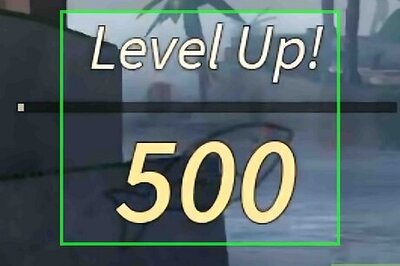
views
Guwahati: After 40 days since the tragedy at the flooded rat hole coal mine in Ksan of East Jaintia Hills district, one body of an unidentified miner has been retrieved from a depth of 355 feet from the main shaft and at a location of about 210 feet horizontally inside a rat hole.
In a joint operation launched by Indian Navy and the National Disaster Response Force (NDRF), the body was pulled up to the surface on Thursday afternoon and handed over to the officer-in-charge of Saipung police station in presence of district administration officials. Till last reports came in, the body was sent to the Khliehriat civil hospital for post mortem.
The intensive 7-hour long retrieval operation began at 9am with rescue personnel from the NDRF, Indian Navy and Civil hospital going down the main shaft of the mine with necessary apparatus. An inflatable boat of the NDRF stocked with a body bag and other apparatus was lowered into the depths of the flooded mine.
Sources said the body is found to be wearing a black ‘tabeez’ (locket) around the neck.
The body of the miner was detected 32 days after the incident - on December 13 last year, 15 labourers were stated to be missing when they went down the illegal rat-hole mine located deep inside Saipung river valley. From the surface, when one looks down the almost 350-feet deep mine, it is difficult to imagine a darker place where light of the outside world would never reach. It was here that a group of labourers were working for the illegal mining group, not anticipating the danger as river water gushed in. While few of them managed to survive, others were not lucky.
On the first day of rescue operation, the NDRF team recovered three helmets from inside the mine. Later, a multi-agency rescue operation started as late as 16th day of the incident.
District administration officials said the deceased was found wearing a pair of blue jeans and a red T-shirt, images of which were captured by the underwater ROV used in the operation.
Earlier, both the Centre and the state government had told the Supreme Court that the rescue operation would not be called off and that no rescue agency would leave the site.
The status report submitted on behalf of Meghalaya government mentions that “presumably, and as per the latest reports, the bodies of the remaining miners are behind the body detected on January 16".
Sources said that help and assistance to locate the body was sought from the five survivors of the tragedy who have a fair idea of the layout of the mine, and the nuts and bolts of the trade. However, no family member was present at site today when the body was pulled out. According to district official, they have been asked to come down to the Khliehriat health centre to identify the body.
As teams continue with the search and retrieval operations, a mine sirdar from Assam on condition of anonymity said that only traditional method used by villagers in East Jaintia Hills can help locate and retrieve the bodies.
“No scientific method applied will be successful here. The mine sirdars know best and the government should take their help to find way through the web of rat holes," he says.
He then goes on to explain the depths and dimensions of a rat-hole coal mine, while admitting that it’s illegal.
“It’s a 30"x30" rectangular box. Some of these can be 400-500ft deep. From the bottom of the pit, horizontal chambers of 2-3 ft height and as long as 400-1000 ft goes to the hills. These chambers are connected to the lateral mines. About 40-50 people work inside the mine at a time - aged between 18-50 years. Some mine sirdars also use children. There is 1-2 feet water inside these mines that is constantly being drained out while work is on. And when there is shortage of oxygen, the drilling machine pipes pump out air to help them breathe."
“If you go down the mine, every 10 feet, you will find two paths in two directions- would you know which to take?" he adds.


















Comments
0 comment